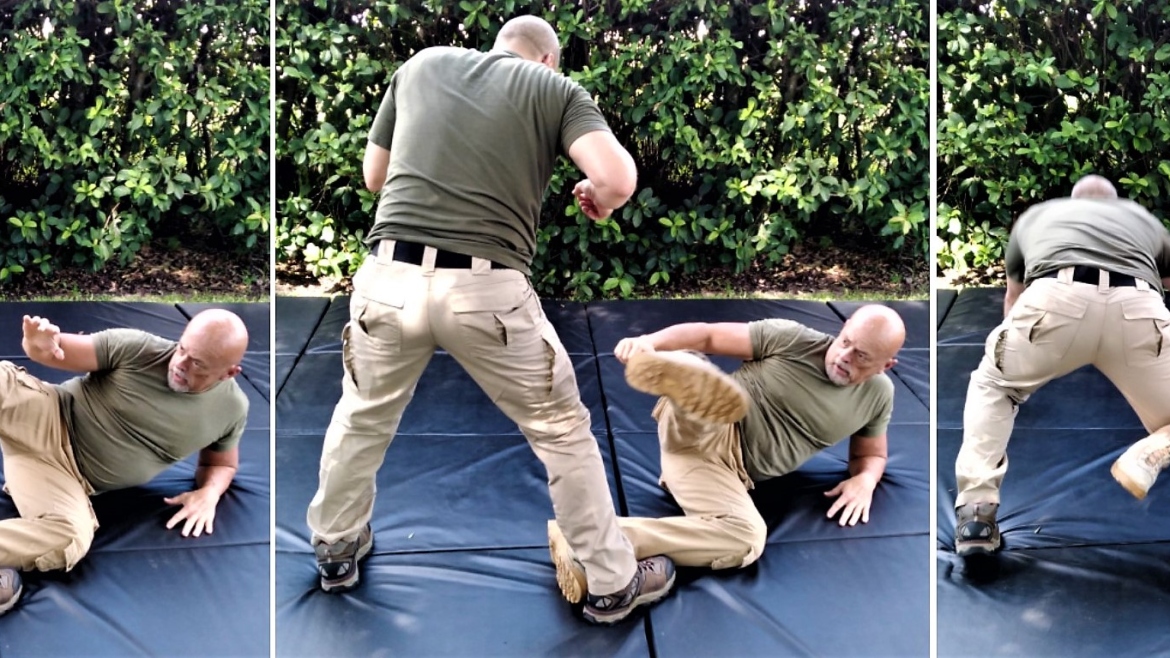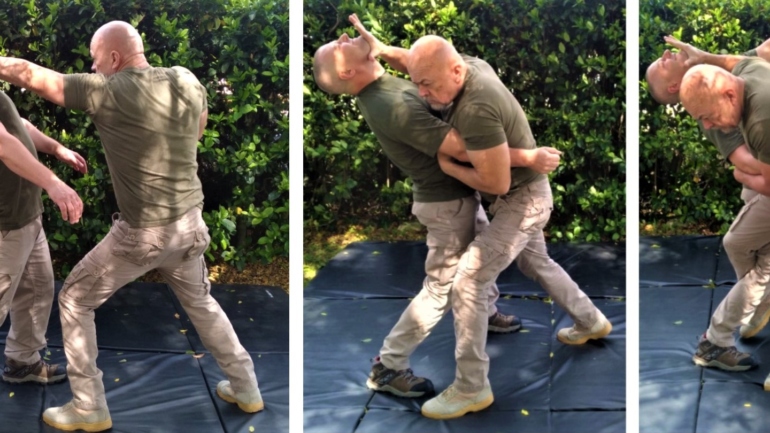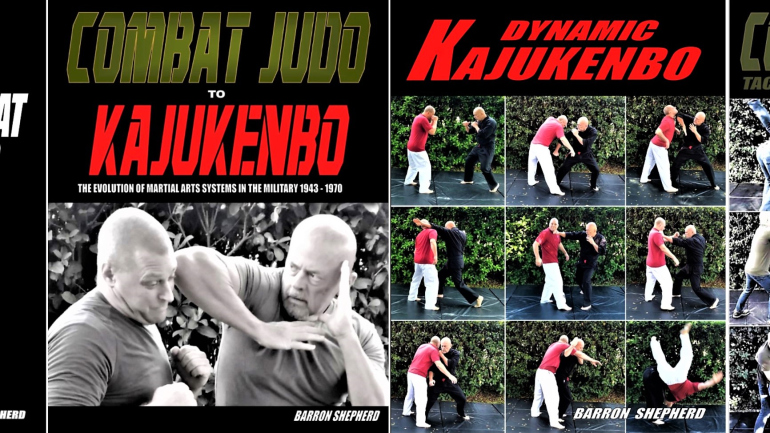The ground is not your friend!
If you find yourself on the ground and your attacker is still standing….YOU ARE AT A DISADVANTAGE! Just search “street attack” on YouTube and take a look at a few videos. In a lot of those videos you’ll see some of the victims getting knocked to the ground. The videos show the attacker or attackers following up with brutally kicking and stomping their victims. It doesn’t matter how skilled you are on the ground in a self defense situation the longer you are on the ground the more dangerous it gets for you. In a real street fight, things can and do go wrong quickly.
When it comes to ground fighting in combat or in a self defense situation a fight going to the ground is serious business. One head slam against the concrete and, and it’s lights out for you. You could be kicked repeatedly and injured seriously, wind up in a coma from head trauma or killed. Two things you cannot rely on is that someone one will help you and that your adversary doesn’t have a buddy (buddies) who could quite possibly be waiting to turn your head into a soccer ball.
In Ground Fighting, there is only a single objective….GET BACK TO YOUR FEET AS FAST AS POSSIBLE!!! The longer you are on the ground the greater your chances increase of being more and more at risk. If you’ve been taken down, the first rule is to get up as fast as possible. Regardless of your skill, the danger you are in on the ground is very high.
Basic ground defense
The basic concepts of rounding your body, tucking your chin to protect your head from making contact with hard surfaces, as well as using your feet and butt to absorb the shock of a fall are more adaptable to hard surfaces than the slapping type break falls one may learn on a mat in Judo or BJJ. Another key tactic that will keep you from becoming a human soccer ball is to not stay on the ground if you end up there. Getting up quickly gets you back into the fight on much better terms. Getting back to your feet however, needs to be done in a way that fits the reality of your situation.
If you find yourself on the ground and can’t get up before your attacker closes the distance, you will need to assume a good defensive posture. This position must allow you to protect yourself as well to disable anyone who comes within range. Assuming the worst-case scenario, that your attacker has friends, your defensive position must also allow you to achieve as close to a 360-degree defense as possible. You have to have as much manueverabilty as possible.
Backward Rolling (when falling)
In a fight using the arm to absorb the impact of a throw or fall to the ground could result in injury (yours) and take you out of the fight. On hard surfaces you should let the bottom of your feet absorb and take the brunt of the shock of the impact as well as the large muscles of the back, buttocks and thighs but NOT the arms. You should practice the backward rolling along with the tactical stand up. It is not only important to fall correctly but it is also important to stand up in a manner which provides you the most protection.

From a standing position, keep both forearms parallel with the ground. Bend your knees as if squatting and curl your body forward. Tuck your chin to your chest as you squat. Roll backward along the outside of rear leg, the buttocks and along the muscles of your back. Keep your hands in front of you and avoid letting your arms hit the ground. Do not let boney areas of the body, knee, elbow, hip or spine hit the ground during the backward roll. Keep your head up and eyes on the adversary. At the end of the roll your knees should be bent and your hands up in case you have to defend yourself while down from kicks or stomps from the adversary.
Tactical Stand Up

From the end position of the backward roll on the right side of your back, roll up onto your right elbow as you sit up. Keep your left hand up and in front toward adversary. Post up on your right hand and bring your right leg back until you are in a kneeling position (one knee up one knee down) and then stand up into the fighting position.
After falling there is a probability that you may have to protect yourself from your adversary trying to kick or stomp on you. It helps to have a protective position on the ground and be as mobile as you possibly can.
Ebi or shrimping drills
Ebi or shrimping drills originally came from Judo, these drills are used to improve hip mobility and maneuverability on the ground. By turning to either side and closing the space between your elbow and leg you can protect yourself from an adversary’s attempts at grappling or kicking you.

From the end position of the backward roll (on your left side), knees bent and feet on the ground, push off with your right foot and reach down for your feet with your hands. This allows you to retreat and close off space when being attacked. The action of reaching for your feet is used to move your body away from an incoming kick or stomp. Alternate from left to right side. The ebi or shrimping exercise should be added to the above mentioned backward break fall and tactical stand up. All three should be drilled together.
Drill: Start the backward rolling then from the end position of the backward rolling do a few ebis alternating from left to right side into a tactical stand up
Ebi drill vs. Kicks and Stomps

(Pictures 1 amd 2) Attacker attempts to kick defender in the face. Defender pushes with his feet moving away from the direction of the kick and using his forearms protects himself from the kick to the face. (pictures 3 and 4) Attacker attempts a foot stomp to the defender’s head. Defender pushes with his feet moving away from the stomp and uses his forearms protects to deflect the stomp to the head.
Ebi Variation
A different version focuses on keeping the elbow close to the body which aides in escapes and moving out of holds when tackled or defends against kicks to the body or ribs. In both versions it is important to keep your head up and legs bent. Instead of reaching for your feet as in the first variaiton, when you push off with the top leg bring the knee of your base up to meet your elbow. Return to the start position then repeat on the other side.
Fighting from the ground
When fighting from the ground you want to keep your maneuverability. When you find yourself on the ground with your adversary standing above keep your knees bent and feet on the ground for mobility. Having your feet on the ground allows you to keep your attacker in front of you. DO NOT lie flat on your back with both your feet up in the air. This limits your maneuverability greatly as well as your effectiveness.

With your legs bent and feet on the ground (1st picture) you are in a position to maneuver keeping him in front of you while protecting yourself. If one or more of your legs are up in the air (2nd and 3rd pictures) you have no mobility and your feet can be grabbed and swung out of the way leaving you more vulnerable to kicks or stomps.
Kicking from the ground
The base leg refers to the leg that is on the side that you are on when you are on the ground. When kicking always return your foot to the ground with legs bent. You should always end up right back in your original position. Keeping both feet on the ground with your hand(s) up toward your adversary does not give away any intentions. Kicks are used to create the opportunity for you to get back on your feet.

Start from the ground fighting position and execute a straight base leg ankle kick (notice the kick rolls the attacker’s ankle). Immediately bring the left leg back into position and follow up with a round house kick to the groin with the right leg.
When training don’t limit the types of kicks (straight kicks, round house or oblique kicks) you use when on the ground nor potential striking targets (ankles, knees, inside of thighs, groin, or solar plexus). When striking in combinations do so in 3s. Once the attacker comes in range don’t let up don’t hit just once!!!
Roundhouse kick to leg scissors takedown

As the attacker closes on you execute a round house kick to the groin. Double up on the round house kick and strike his knee. The second roundhouse kick whether effective or not follows through to the outside of the attacker’s leg. Bring the kicking leg back, strike his knee with the back of your leg. Simultaneously, kick out with your base leg creating a scissor like motion and taking your attacker down to his front. Immediately get on your feet where you will have the tactical advantage.



